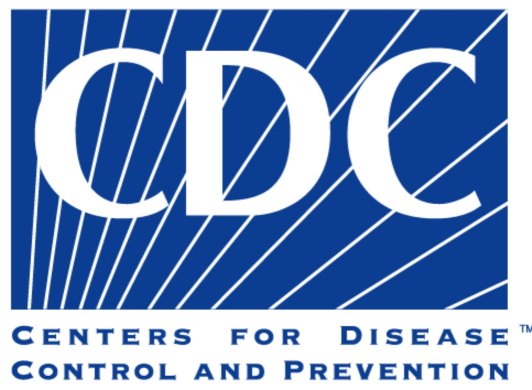A new technical report from the National Personal Protective Technology Laboratory (NPPTL) provides improved science-based recommendations on the use of filtering facepiece respirators (FFRs) with an exhalation valve. A concern with these devices is that wearers may spread disease if unfiltered, virus-laden aerosols pass through the valve. Therefore, the question has emerged about the effectiveness of using an FFR with an exhalation valve for source control—i.e., to filter respiratory secretions to prevent disease transmission to others—and whether the valve should be covered with a surgical mask, procedure mask, or a cloth face covering that does not interfere with the respirator fit.
The findings in this report, based on tests of 13 FFR models from 10 different manufacturers, show that FFRs with an exhalation valve can reduce particle emissions to levels similar to or better than those provided by surgical masks, procedure masks, or cloth face coverings. This study also shows that modifications to these respirators can further reduce particle emissions. Specifically, the use of an electrocardiogram pad or surgical tape secured over the valve from the inside of the FFR can provide source control similar to that of an FFR with no exhalation valve. These findings have important implications for guidance on source control and mitigation.
To read the report, see https://www.cdc.gov/niosh/docs/2021-107/.



